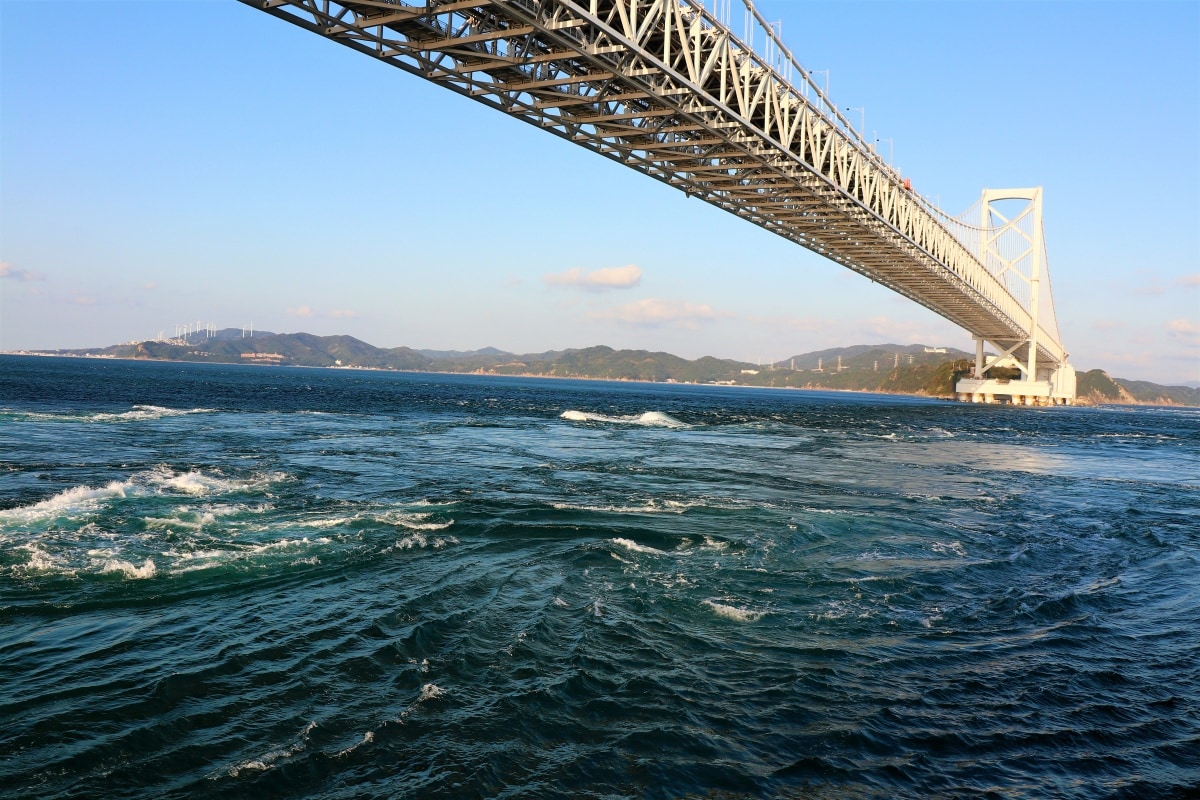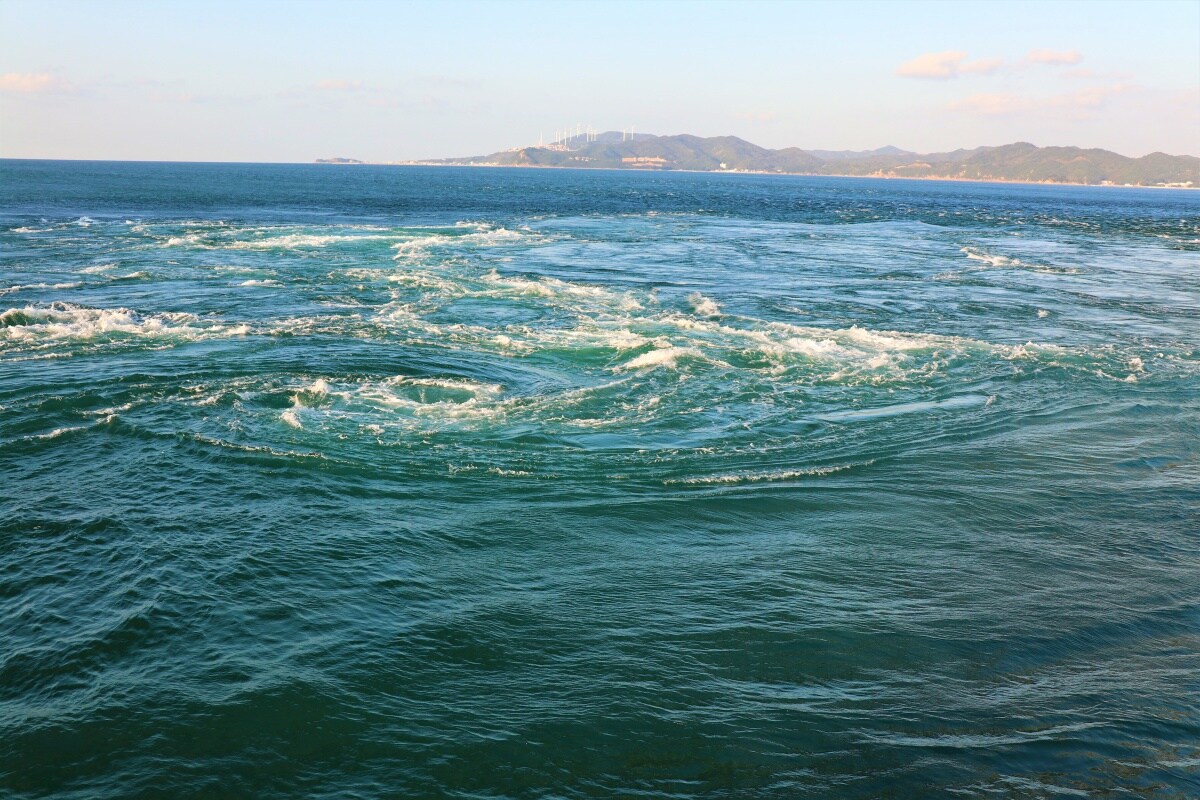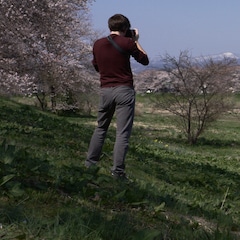Take a Walk on the Wild Side in Tokushima
Shikoku may be the smallest of Japan's main islands, but with places like Tokushima, it's truly full of heart. Come along with Nick as he dives headfirst into some of the natural wonders of Tokushima Prefecture!
By Nicholas RichOboke & Koboke

Upstream of the Yoshinogawa River, which runs through all four of Shikoku’s prefectures, lie the Oboke and Koboke gorges. The Japanese word boke (歩危) literally means "dangerous to walk," and visually speaking the gorges live up to their name. The Oboke and Koboke were carved through the mountainous Shikoku landscape by the Yoshinogawa over 200 million years ago. They run for about 8 kilometers (almost 5 miles), and the way the sunlight reflects off the water causes it to look a brilliant blue.
The jagged rocks of the gorge are covered with trees, which means visitors can enjoy the vibrant colors of the leaves in fall, beautiful cherry blossoms in spring, powdery snowfall in winter, and verdant greenery in summer. There are several ways to enjoy the view, such as the viewing platforms that run alongside the JR Dosan Line, or on the train itself.
But the best way is definitely via sightseeing boat. The roundtrip is about 25 minutes, and gently cruising the rapids alongside these ancient rock formations really makes you feel like you’ve gone back in time.
Iya Valley
Surrounded by mountains in the western part of Tokushima lies the Iya Valley. Created by the Iya River, a tributary of the Yoshinogawa, the area is known for the surrounding wilderness as well as vine suspension bridges that were used to traverse to either side. Although there used to be many such bridges throughout the valley, now only three remain.
Mysteriously, no one is sure exactly why or when they were originally built. One legend attributes the bridges to the Heike clan, who built them to be easily destroyed if they were pursued by their vengeful enemies, the Genji. It’s no understatement when I say the Iya Vine Bridge is one of those places that must be seen to be believed.
Today, the bridge is reinforced by metal cables but is still composed of 5 tons of vines that are replaced every three years. I'm not afraid of heights, but the swaying of the bridge with each step I took was a bit harrowing at first, and the view between the planks of the valley below had my pulse racing. It was a thrilling experience made all the better by the gorgeous scenery surrounding me.
Naruto

No, not that Naruto. The Naruto Strait is another of Tokushima’s wild bodies of water. It connects the Pacific Ocean with the Seto Inland Sea and boasts the fastest tidal current in Japan. It also separates Shikoku from Japan's main island, Honshu, and is spanned by the Onaruto Bridge. Constructed in 1985, the Onaruto Bridge measures 876 meters (about 2,900 feet) and is one of the largest bridges in the world. One of its key features is its enclosed pedestrian walkway beneath the roadway, the Uzu no Michi, with an observatory 45 meters above the water, the perfect place to view the Naruto Uzushio!

The uzushio are whirlpools created by the tidal currents rushing through the strait twice a day. Winter is when the currents are the strongest and the whirlpools can get up to about 20 meters (about 65.5 feet) at their peak.
While I didn't traverse the bridge, I did have the privilege of riding a sightseeing ferry through the strait to try to spot some whirlpools myself. The view was spectacular, made even more impressive with the strength of the wind and the ferocity of the current.
But these are just a few of the natural wonders waiting in Tokushima. With so much to explore, any naturalist or thrill seeker should put Tokushima at the top of their list when planning a trip to Japan!




